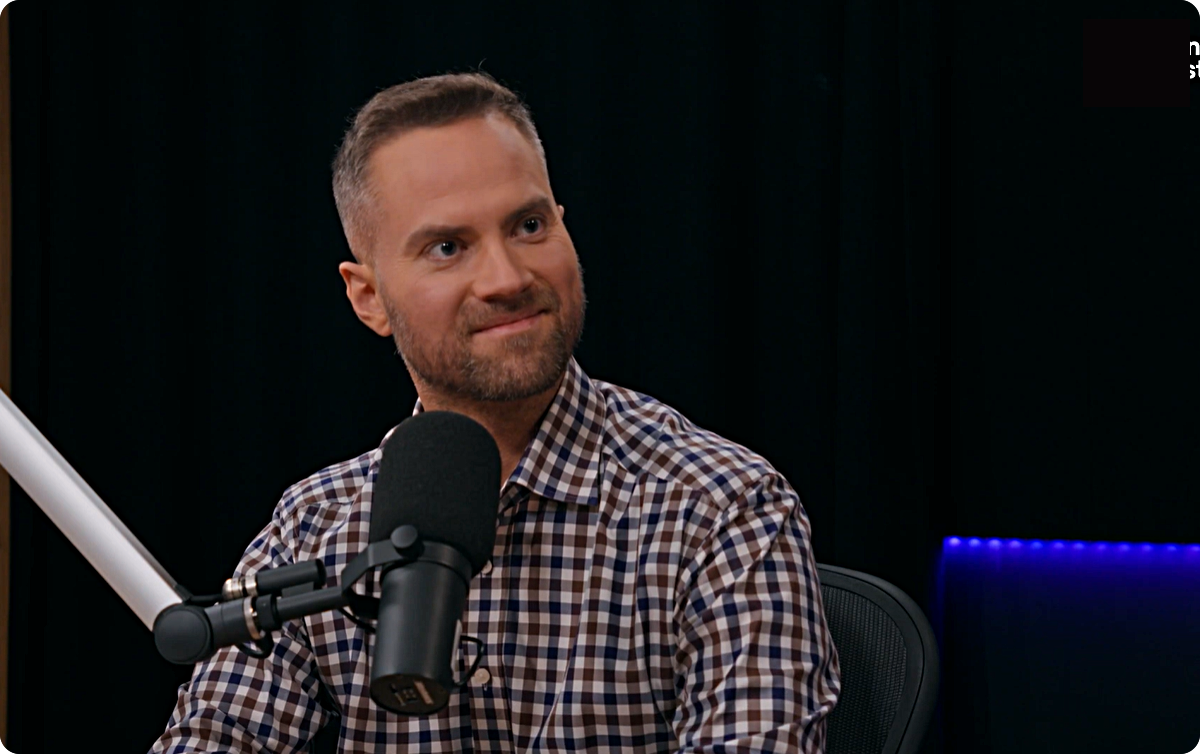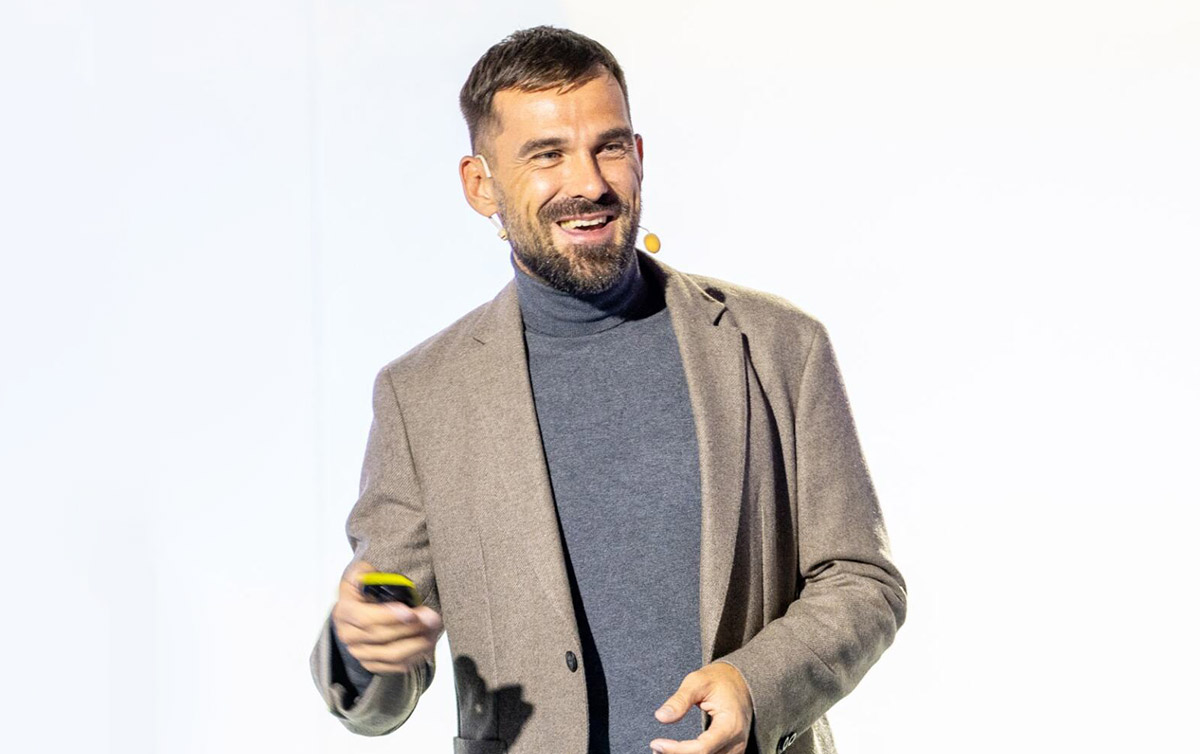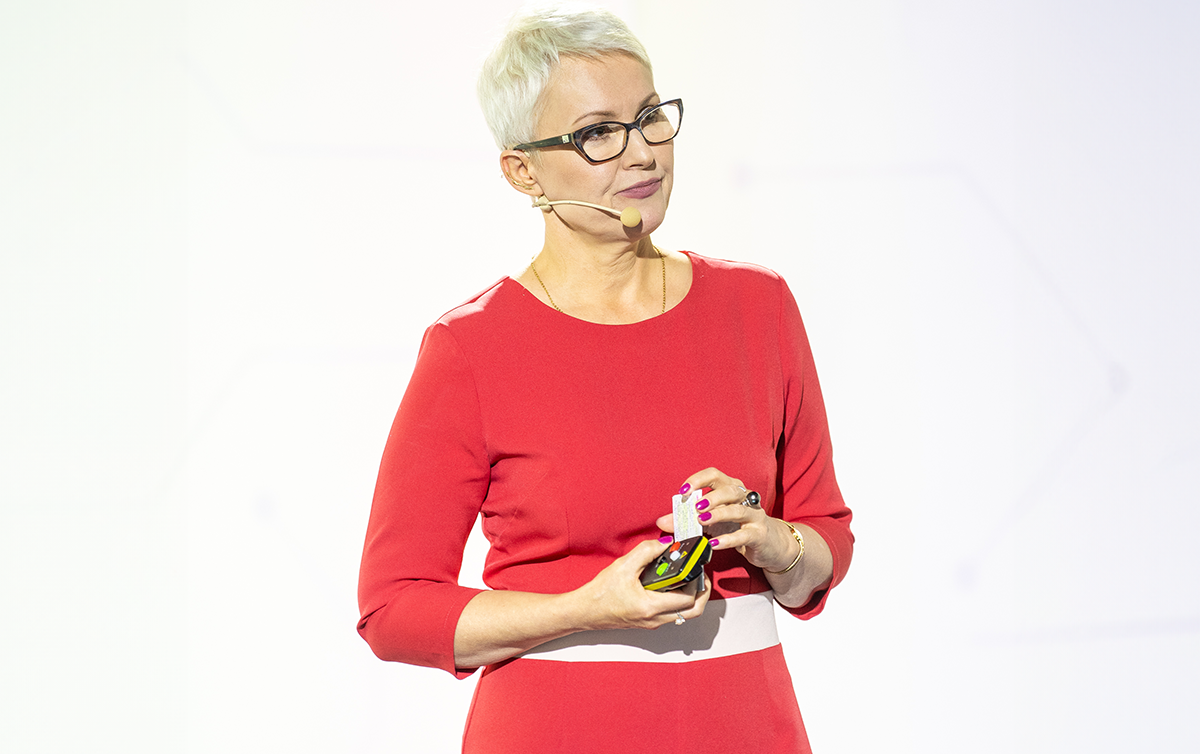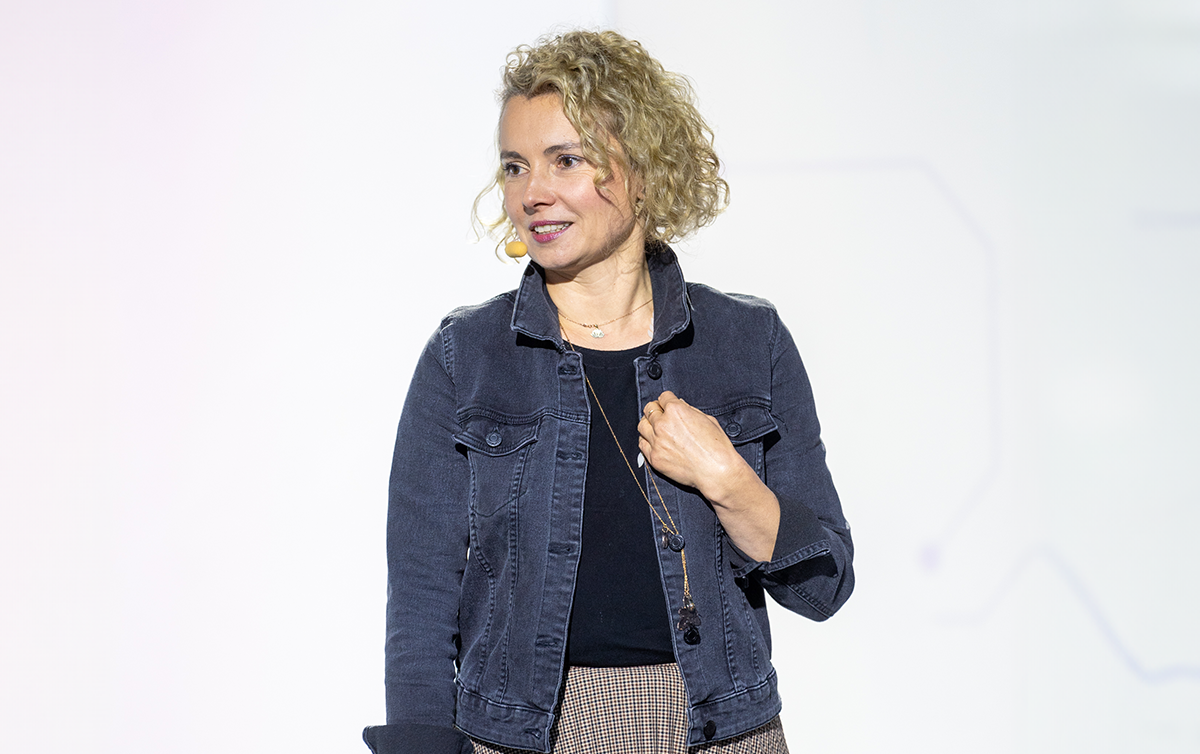Demographic changes in the labour market
Working in a young, dynamic team used to be mentioned in job ads in the same breath with bonuses. Today, such approach has become more of a meme, and companies are increasingly recognising the potential of age-diverse teams. This is the result of, among others, but not primarily, demographic changes. The data from Statistics Poland (GUS) confirms continuous aging of the population and a declining labour force participation rate, which ultimately results in labour shortages [1].
Activating older generations and building age-diverse teams are natural consequences of this. However, we should bear in mind that setting up such teams should be based on actual age diversity [2],without creating absolute minorities, e.g. one person from generation Z and one from the baby boomer (BB) generation per a dozen or so representatives of generation X. Instead of beneficial bridging of the experience gap, such disparities can cause conflicts.
Why rely on multi-generationalism?
Aside from demographics, is there a rationale for investing in such structures? Of course, provided that you want to bet on creativity and innovation resulting from different points of view and from sharing experiences. And what about the efficiency of such a team? It is particularly evident in the case of complex, long-term projects [3]. The group then has time to “fine-tune” their collaboration, rise above initial stereotypes and, most importantly, exchange points of view.
Advantages of age-diverse teams:
Sharing experiences and perspectives.
Complementing each other’s competencies.
Creativity and innovation.
More efficient recruitment/more effective talent acquisition (by increasing the scope of the search).
Substitutability (e.g. during parental leave).
Better employer image.
Four generations at work
To properly understand the advantages of age-diverse teams, first and foremost, it is crucial to know the generations present in today’s labour market. In this way, we will have a complete picture of how they complement their perspectives and competencies. At the same time, keep in mind that this is a very general and simplified picture, which may not match a given individual.
Nonetheless, we can assume that, for example, millennials and generation Z are able to acquire information instantly, while those from the BB and X generations know how to process and analyse it brilliantly [4]. Thus, the competencies perfectly complement one another from the perspective of performance of daily duties.
So who exactly functions in today’s labour market? Basically, we can distinguish four generations in the workforce [1] [5]:
Baby boomers (BB) – the name comes from the baby boom of the post-war years. Born between 1946 and 1964, “boomers” have by far the most experience of the generations available on the job market.
Generation X – people born between 1965 and 1980. They embarked on their careers in an unstable economic situation, so, like BB, they value job stability. They are focused on growth and climbing up the career ladder.
Millennials (generation Y) – those born between 1981 and 1995. The first such tech-savvy generation. They focus on self-development, education and acquiring new competencies. Open to re-skilling or exploring new specialties.
Generation Z – people born between 1995 and 2009. They are only gaining experience, but they are already characterised by great ambition and a desire to work on interesting projects. They excel in the world of new technologies. They seek interesting challenges, but also expect a sense of appreciation.
How to manage a multi-generational team?
First: see the individuals, not age. Deloitte provides an interesting point of view, indicating that perceiving employees through demographic characteristics is of limited value [6]. Especially in the context of talent development. Indeed, if you listen carefully to the key needs of employees, you will find that many expectations attributed to one group increasingly apply across generations.
What actions can you take? Above all, ask. For larger teams, regular employee surveys (a tool for conducting them is provided as part of the MyBenefit platform) will work perfectly. Also, remember to provide personalised benefits to employees. For example, MultiLife is designed in such a way that it is the employees who indicate development goals, and the offer of training, courses and consultations with experts follows this choice. This way you don’t have to think about generational issues – the abundance of tools within one platform means that there is something for everyone, and ultimately everyone will develop their competencies/knowledge.
Second: take care of the atmosphere. Mutual trust among team members and a shared focus on goals are factors that build a good group atmosphere, according to experts [3]. This is an extremely difficult task, which is why it is crucial to educate the leaders themselves with respect to the so-called transformational leadership, i.e. goal-oriented on the one hand, and focused on individual development of employees on the other. So the key to close-knit teams may be good management training.
What actions can you take? Provide the manager with access to adequate training. In this case, we recommend MultiLife for a simple reason – the materials are available online anytime, anywhere. This will allow those with busy schedules to flexibly manage their development time. MultiLife provides not only useful courses, but also the Youniversity training platform and Legimi platform with unlimited access to e-books and audiobooks as part of library subscription.
Third: introduce cross-generational mentoring. Improved cooperation, continuous exchange of knowledge and better adaptation to change – these are the benefits of cross-generational mentoring. If you can get older employees to learn from younger ones (and vice versa), you will bring about the desired regular information exchange. The BB and X generations can bring in experience and superbly developed soft skills, while younger employees can contribute their familiarity with trends and technology [8]. Being able to share knowledge is in itself an extraordinary motivation and a sign of respect and appreciation. Experts also see here the key to overcoming stereotypes, better communication and a source of innovative ideas [9].
What actions can you take? Create an internal mentoring programme or encourage employees to share knowledge (e.g. as part of an ongoing internal training series). For example, praise and “kudos” from colleagues can be an interesting way to appreciate those involved in such projects. In creating the MyBenefit platform, we have provided the tools to make this extremely easy.
Fourth: remember that knowledge is a shared value. Employees, regardless of age, look for growth opportunities. For younger generations, this is related to their natural need to engage in new and interesting projects. For the older ones, it’s a form of staying up to date so that they don’t fall behind the tech-savvy generations Y and Z [10].
What can you do? Take advantage of modern training platforms such as MultiLife. We made sure to include very diverse types of content – from videos, e-books and audiobooks to consultations with specialists or useful applications. So that everyone, regardless of individual preferences, can find the most appropriate form for themselves.
To sum up, managing a diverse (not just age-wise) team is a challenge. That’s for sure. However, the benefits of investing in this type of structure are also evident. At the same time, it is worth remembering that underneath the collection of survey data and even stereotypes, there are individuals who may escape the generational divide. Therefore, it is getting to know one’s own people, not general perceptions derived from statistics, that is the manager’s most valuable tool.
References:
[1] https://www.parp.gov.pl/component/content/article/83979:cztery-pokolenia-na-polskim-rynku-pracy
[2] https://www.magazynrekruter.pl/mila-staruszka-czy-najgorszy-wrog-o-tym-jakie-znaczenie-w-zespole-ma-wiek/
[3] https://www.ciop.pl/CIOPPortalWAR/appmanager/ciop/pl
[4] https://www.prawo.pl/kadry/8-zalet-wspolpracy-miedzypokoleniowej,289047.html
[5] https://www.randstad.pl/strefa-pracownika/praca-na-co-dzien/jakie-sa-pokolenia-na-rynku-pracy-i-czym-wyroznia-sie-kazde-z/
[6] https://www2.deloitte.com/pl/pl/pages/human-capital/articles/employee-experience/wielopokoleniowy-zespol.html
[8] https://www.ark-doradztwo.pl/czytelnia/mentoring-w-zespolach-wielopokoleniowych-jak-to-zorganizowac/
[9] https://firmbee.com/pl/zarzadzanie-miedzypokoleniowe#2
[10] https://kadry.infor.pl/kadry/hrm/zarzadzanie/734494,Zarzadzanie-zespolem-wielopokoleniowym.html





















